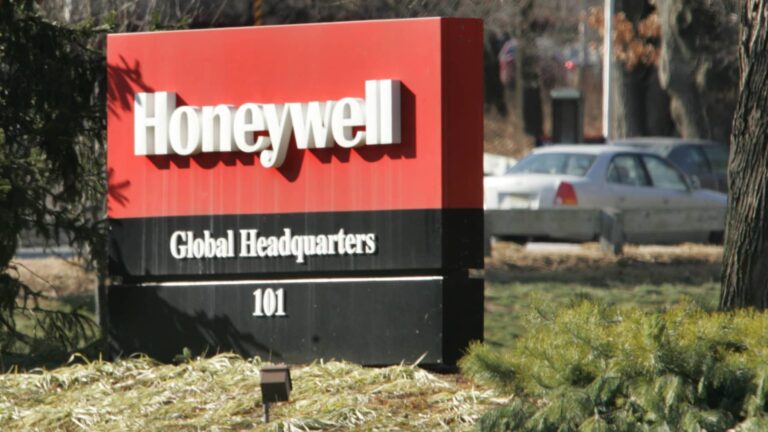Shares of Honeywell slid Thursday as strong second-quarter results are being overshadowed by a mixed update to management’s outlook for the remainder of the year. But we’re looking through the weakness on a belief that the industrial conglomerate is heading toward a healthy 2025. Revenue for the three months ended June 30 totaled $9.58 billion, topping Wall Street expectations of $9.41 billion, according to estimates compiled by LSEG. Adjusted earnings per share of $2.49 advanced roughly 8% compared with the year-ago period, ahead of the $2.42 consensus forecast, LSEG data showed. It also came in above the high end of management’s guidance. Segment margin , similar to an adjusted operating income margin, expanded about half a percentage point on an annual basis to 23%, slightly below expectations but in line with management’s previously forecasted range. Honeywell Why we own it: Honeywell is a provider of industrial technology solutions to companies in various industries. We appreciate its exposure to the aerospace industry as a parts supplier. The portfolio has, however, become a bit bloated. We think further upside will come as the company divests non-core businesses and focuses both internal investments and acquisition efforts around management’s three targeted mega-trends: automation, the future of aviation, and the energy transition. Competitors: Emerson Electric, RTX, 3M Weight in portfolio: 3.14% Most recent buy: April 10, 2024 Initiated: July 5, 2020 Bottom line Honeywell’s actual results were strong. The nearly 5% decline in the stock is all about the company’s more subdued outlook. Second-quarter sales, earnings, organic growth and cash flow all outpaced expectations, with quality performance across Honeywell’s four operating segments. Its overall segment profit margin came up slightly short, but the weakness there is entirely attributable to a miss in Aerospace Technologies profitability. HON YTD mountain Honeywell’s year-to-date stock performance. But here’s the root of Thursday’s selling: Honeywell downwardly revised its full-year guidance for segment margin, earnings per share, and cash flow guidance. The changes are tied to the inclusion of previously closed and announced acquisitions, as well as a slower-than expected-rebound for short-cycle businesses. That is carrying much more weight than the bump to Honeywell’s full-year sales outlook and the low end of its organic sales growth forecast. Management had been clear that the swing factor for achieving the higher end of its previous guidance was the pace of a rebound for short-cycle businesses, which tend to be more profitable. Unfortunately, despite some “pockets of short-cycle strength,” other short-cycle businesses “are not accelerating as much as we had hoped,” CFO Greg Lewis said on the call. For context, long-cycle businesses are less sensitive to near-term economic conditions since there’s a lengthier period between when order placement and delivery. Aerospace is a good…
Read More: Honeywell drops on cuts to guidance. Here’s why it may provide an



